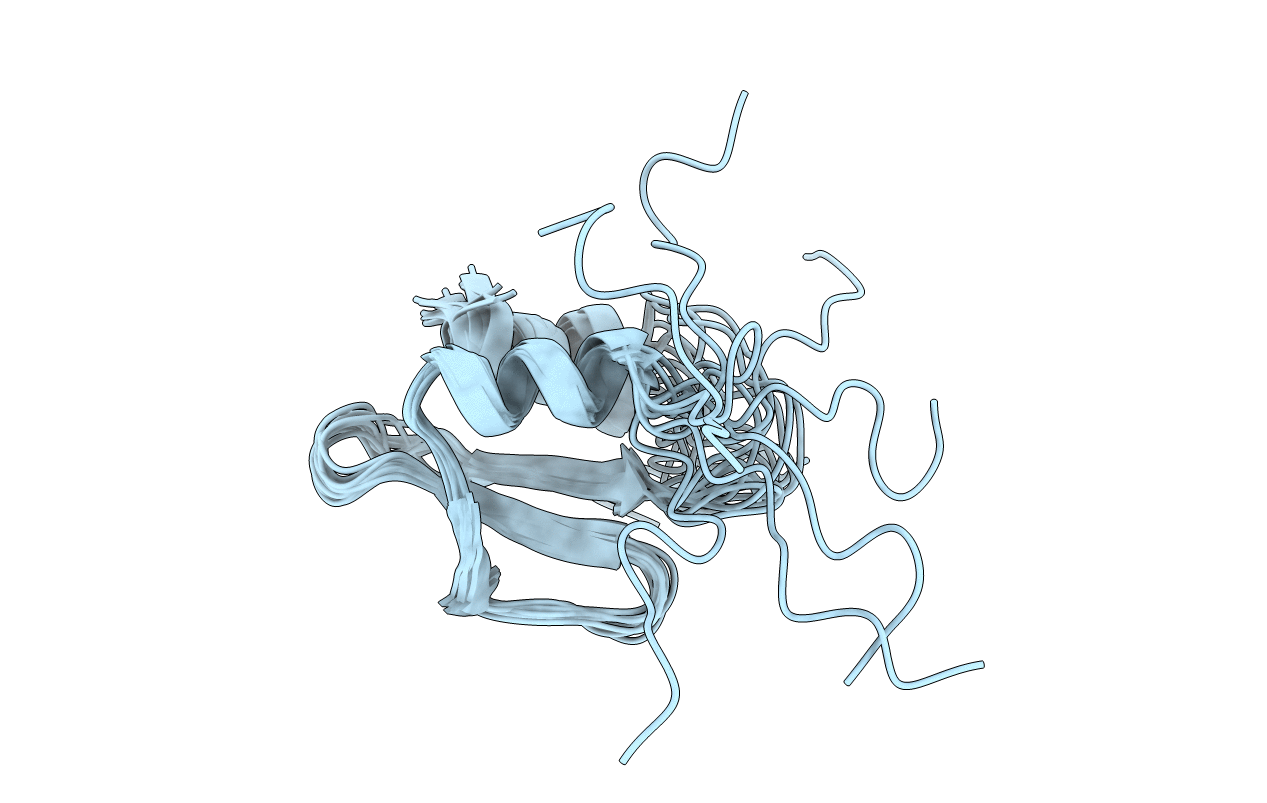
Deposition Date
2013-08-16
Release Date
2014-04-23
Last Version Date
2024-05-15
Entry Detail
PDB ID:
4C26
Keywords:
Title:
Solution NMR structure of the HicA toxin from Burkholderia pseudomallei
Biological Source:
Source Organism:
BURKHOLDERIA PSEUDOMALLEI (Taxon ID: 272560)
Host Organism:
Method Details:
Experimental Method:
Conformers Calculated:
100
Conformers Submitted:
10
Selection Criteria:
LOWEST ENERGY


